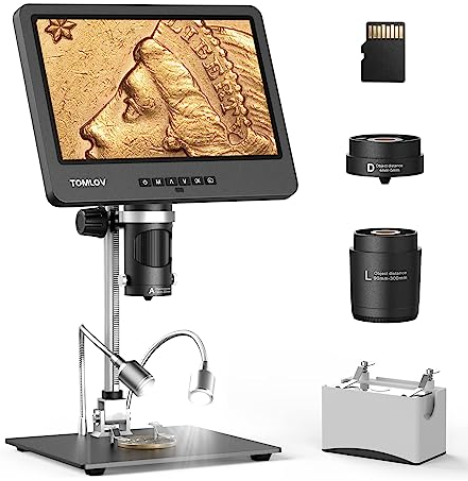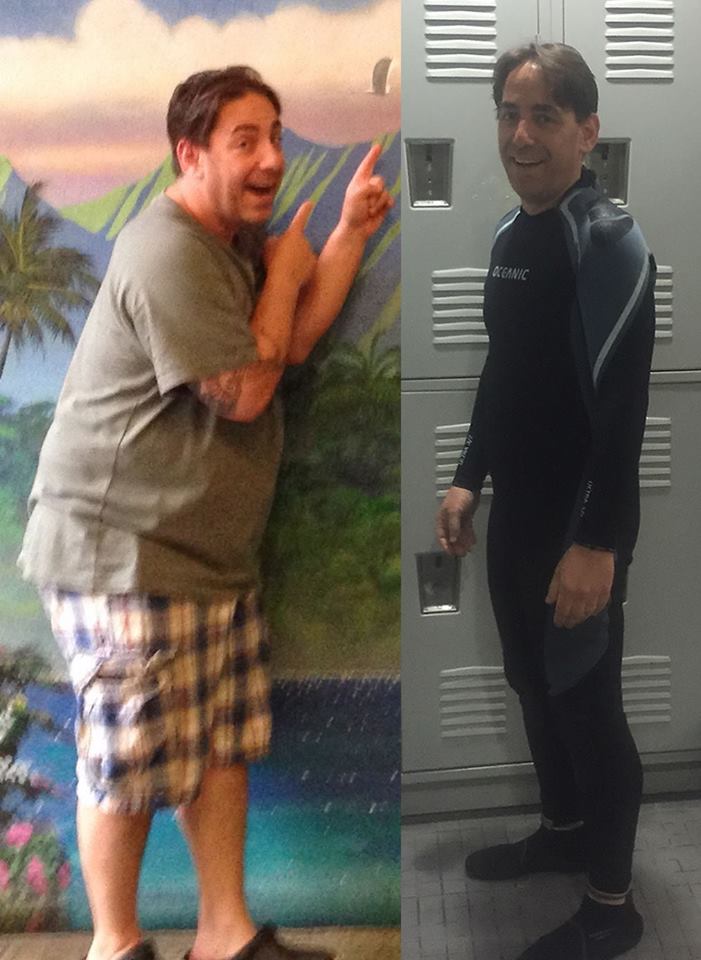Coral Spawning Resources
This page is under construction and will be added to as time permits
Spawning during covid CORAL Magazine article (see this issue for additional spawning articles by Keri Oneil and Jamie Craggs
The first paper by Jamie Craggs – Inducing broadcast coral spawning ex situ: Closed system mesocosom design and husbandry protocol
Some additional resources availabe here
Table of contents:
Making a synchronus spawn – ‘generic’ season table data
Programming APEX – season table,
Programming APEX – lunar code, Daylight code
Programming APEX – temp code
Programming Apex – Profiles
Programming APEX – lighting code
Shifting the time of day and light blocking
Predicting the spawn and what to look for
Code to make life easy – Red light viewing, flow control
Collecting the spawn
Fertilization
Embryos – The first 12-20 hours
Culturing babies – From embryons to planula
Preparing settlement substrates
Culturing babies – settlement
Culturing babies – after settlement.
Making a synchronus spawn – ‘generic’ season table data
The trick is to get your corals to spawn at the same time so you can move to the next step, fertilization. You can put a version on your dispaly right now and see if you can just get corals to spawn before you move onto the next step. Pretty regularly, for me since 2018, the corals controlled by APEX have spawned 12-15 days after the full moon in Nov and Dec with the below schedule.
Set up your APEX season table to a spawning cycle. Access the season table in APEX local and then adjust to your needs. Below is the schedule I am using in the Secret Home Lab and on my display system.
Gravid corals or long term corals?
Traditionally researchers have collected or obtained gravid corals or likely to be gravid corals 2-3 months before the projected spawn. This allows for faster results, which are often necessary when you have been given grants or funding. However, now that we understand spawning better, you can simply put a spawning schedule on your tank and see what happens, or invest in corals a year or so in advance of the projected spawn.
Data for season table
This is the 2022 season table for near Cairns on the Great Barrier Reef. This makes a good general season table to use because there are no double new moons in a month, which means no mid year seasonal work arounds need to be implimented. This schedule produced a spawn in November and December, approximately 12-15 days after the full moon for those months. If you want to spawn to occur in a different month, just move the months around in the 12 month period – if you want a spawn in May, put the December data in for May, the Novermber data for April, and so on. Always check the APEX season table programming in January, because it resets the new moon dates, though all the rest seems to stay.
The season table is available on through APEX local, not APEX fusion. You have to be on the same network as the APEX to access APEX local, so you can’t really edit it when you are on the road. The easiest way to get to APEX local is look at the upper left of APEX fusion for the name of your APEX, click it, and you will get a drop down menu. Scroll to, the selcect ‘network’. Find your IP address in the list, copy it, then paste it into a new browser window. You will be asked to log in (it should be the default APEX login info, or the same login info you use for fusion. Then, click the gears, then click the wrench, then click the sun and you will be able to adjust the settings for sunrise/sunset, moonrise/moonset, temp, and the date of the new moon for the year.
| Month | Sunrise | Sunset | Moonrise | Moonset | New Moon | Temp | Temp2 | Full Moon |
| January | 5:46 | 18:53 | 5:52 | 19:34 | 22 | 82.9 | 80 | 7 |
| February | 6:05 | 18:55 | 5:42 | 19:10 | 20 | 82.9 | 80 | 6 |
| March | 6:16 | 18:41 | 6:29 | 19:15 | 22 | 81.8 | 81.8 | 7 |
| April | 6:22 | 18:18 | 6:06 | 18:27 | 20 | 80.4 | 80.4 | 6 |
| May | 6:29 | 17:58 | 6:33 | 18:16 | 20 | 76.8 | 76.8 | 6 |
| June | 6:39 | 17:50 | 6:44 | 17:55 | 18 | 74.4 | 74.4 | 4 |
| July | 6:46 | 17:54 | 7:05 | 18:28 | 18 | 72.9 | 74 | 3 |
| August | 6:42 | 18:04 | 6:25 | 18:06 | 16 | 73.8 | 74 | 2/31 |
| September | 6:23 | 18:10 | 6:14 | 18:32 | 15 | 74.8 | 74.8 | 29 |
| October | 5:59 | 18:14 | 5:24 | 18:09 | 15 | 76.5 | 76.5 | 29 |
| November | 5:39 | 18:22 | 5:27 | 18:55 | 13 | 79 | 79 | 27 |
| December | 5:33 | 18:37 | 5:01 | 18:47 | 13 | 82.1 | 81 | 27 |
RICH FIGURE OUT A BETTER WAY TO SAY THIS – Was just checking the moon schedule for May, June. Looks like the new moon in May is set for 13th, and in June it is also 13th. Then jumps to 22 in July. That is because ‘June’ is December and ‘July’ is January – the year is ‘restarting’ as we are not following the real calendar – the new moon this year was the 11th (our ‘year’ is 2023. Since that jump is after the spawning, it shouldn’t impact anything much at all.
Here are the season tables directly from APEX local for the above schedule, but with the Jan and Feb Temp lowered by 1 degree F




Below is the schedule Rich is using to make his display tank spawn in Sept/Oct instead of Nov/Dec

Temp code
I use this code:
Fallback OFF
If SP1tmp < RT+-0.2 Then ON
If SP1tmp > RT+0.2 Then OFF
But this should work just fine and is more reasonable
Fallback OFF
If SP1tmp < RT+-0.5 Then ON
If SP1tmp > RT+0.5 Then OFF

Programming APEX – lunar code
Lunar code
Fallback OFF
Set OFF
If Moon 000/000 Then ON
The lunar code is pretty straightforward. Put it in the LSM, The moon slider for sky, or the moon/lunar slider for Raidon (you need a MXM module for the APEX to control Raidons)
Programming APEX – Daylight Profiles
Profiles are key for the daylight and season tables. The code tells the light (SKY or Radion) come on, turn off, how to ramp up and down, and what lighting profile to use at each step. So you need to create profiles for each step of your daylight code.
The profile tells the light the intensity of each channel to use and can ramp up or down the overall intensity of the light for sunup or sunset.
Here are the three profiles I have been using on APEX SKY. Sunup, Sundown, and Midday



Programming APEX – Daylight code, 3 steps
This is the code you put in to the Advnaced tab for each light, or each Group of lights, you are using to create a synchronous spawn. The code MUST be in this order to work correctly, so even though it makes sense in our brains to have the code call for profiles in the oder they actually happen during the day, Sunup, Midday, Sunset, if you put them in that order they won’t work correctly, so use the code below in the order it is in.
The ‘if sun’ command and the numbers that follow it have reason to them and if you are interested in how and why they work, or if you want to tweak them, I suggest you do some reading in the APEX comprehensive reference manual or this tutorial. That said, this code works and the APEX code can get tricky, so if you change the code really check that it does what you think it does.
Fallback OFF
Set OFF
If Sun 000/-360 Then Sunup
If Sun 360/000 Then Sunset
If Sun 180/-180 Then Midday

Programming APEX – Daylight code, 5 steps
This is the code you put in to the Advnaced tab for each light, or each Group of lights, you are using to create a synchronous spawn. The code MUST be in this order to work correctly, so even though it makes sense in our brains to have the code call for profiles in the oder they actually happen during the day, Sunup1, sunup2, Midday, Afternoon, Sunset, if you put them in that order they won’t work correctly, so use the code below in the order it is in.
The ‘if sun’ command and the numbers that follow it have reason to them and if you are interested in how and why they work, or if you want to tweak them, I suggest you do some reading in the APEX comprehensive reference manual or this tutorial. That said, this code works and the APEX code can get tricky, so if you change the code really check that it does what you think it does.
Lighting code 5 steps
Set OFF
Fallback OFF
If Sun 000/-360 Then Sunup1
If Sun 060/-360 Then Sunup2
If Sun 360/000 Then Sunset
If Sun 360/-060 Then Afternoon
If Sun 120/-120 Then Midday

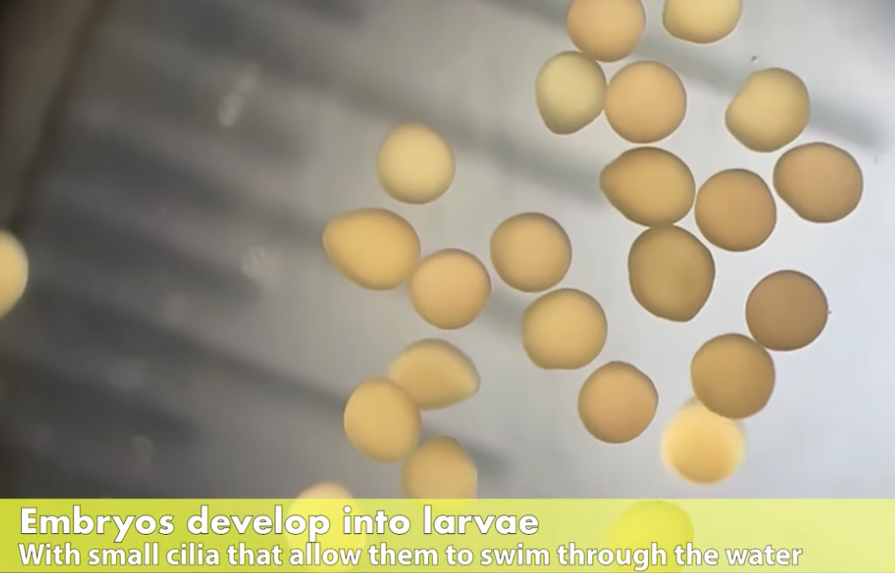
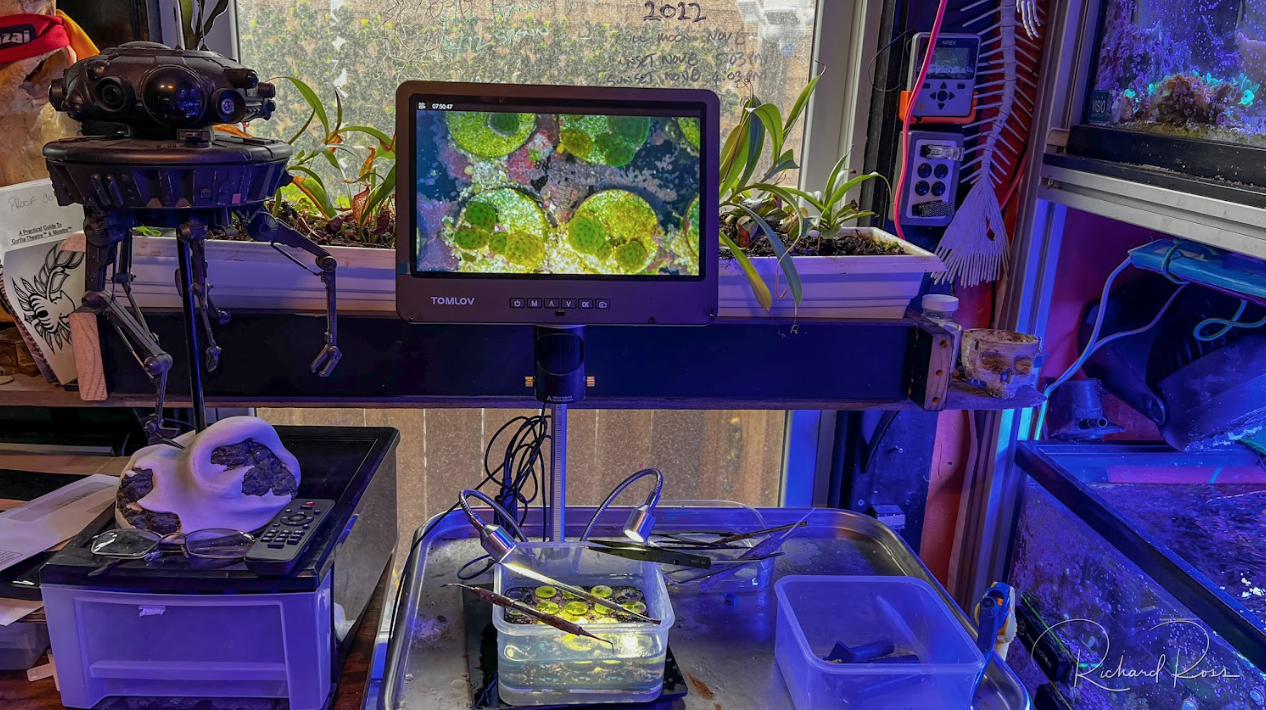
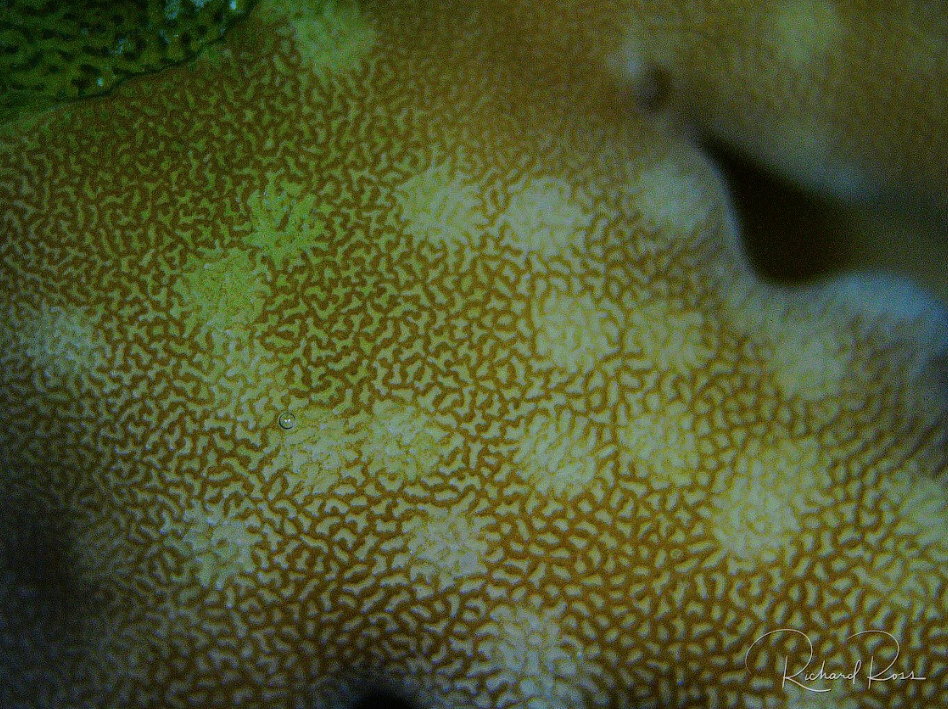
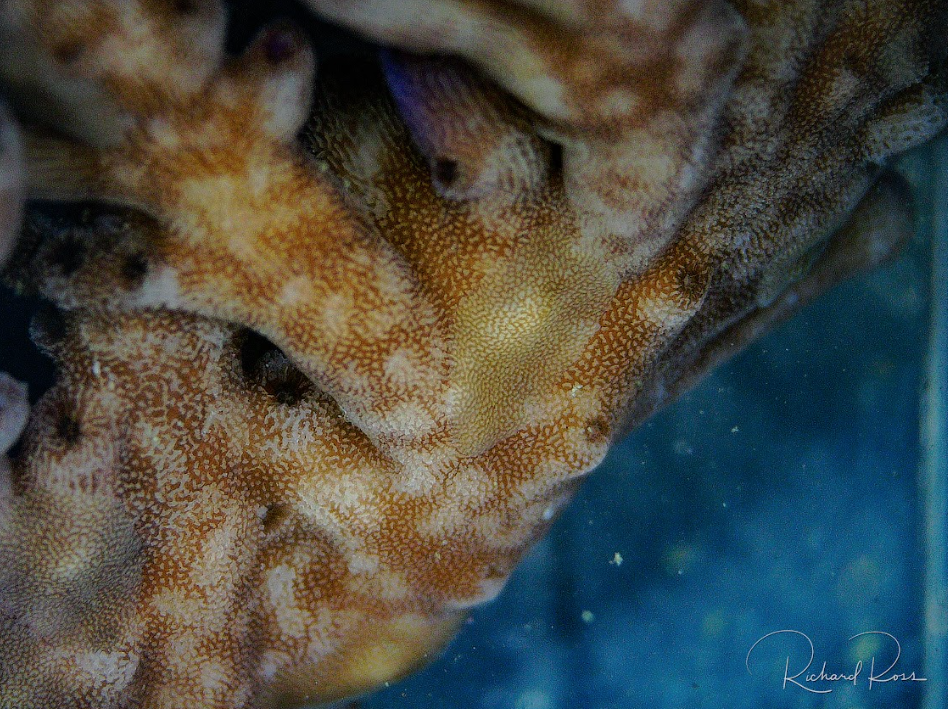
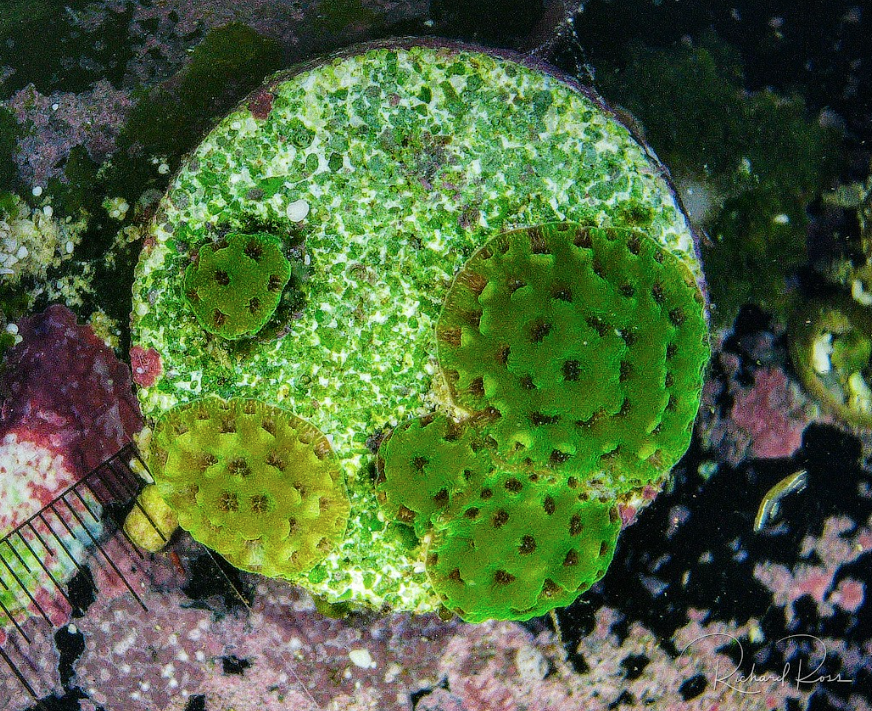 Four month old Acropora millepora.
Four month old Acropora millepora.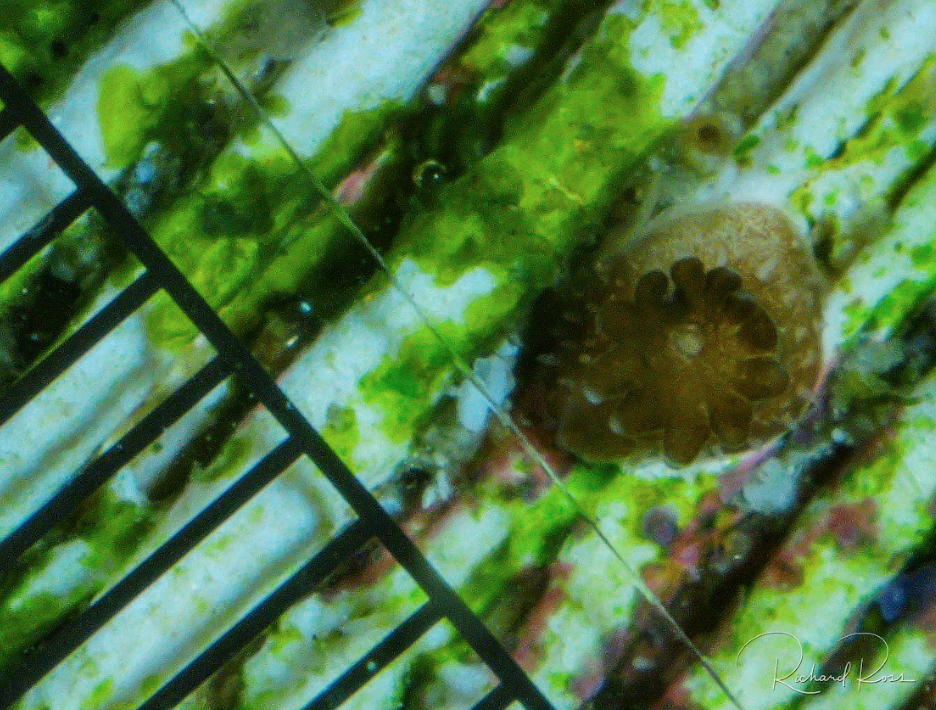 Newly settled P. damicornis.
Newly settled P. damicornis.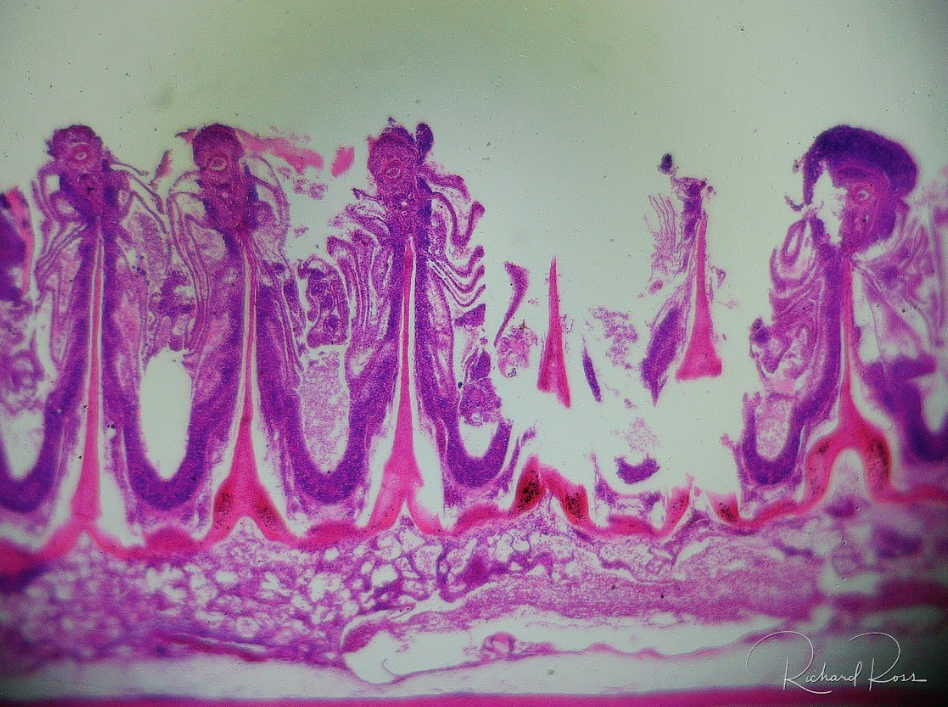 A prepared fish gill clip.
A prepared fish gill clip.